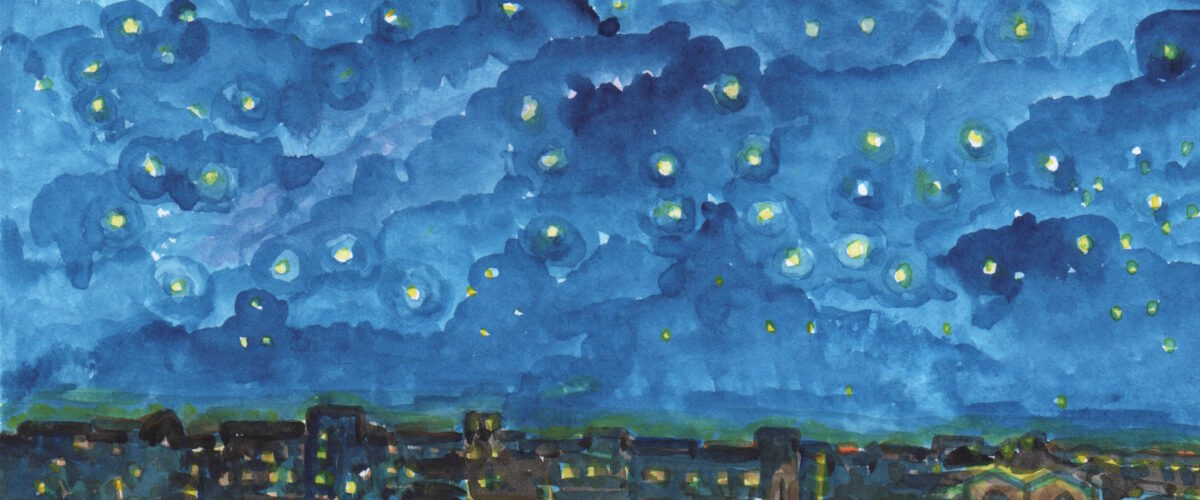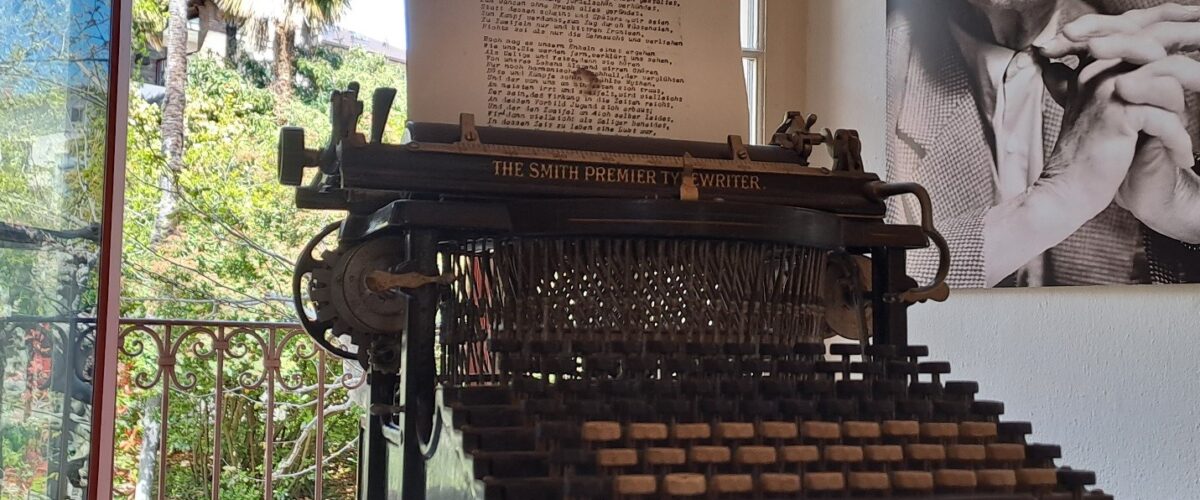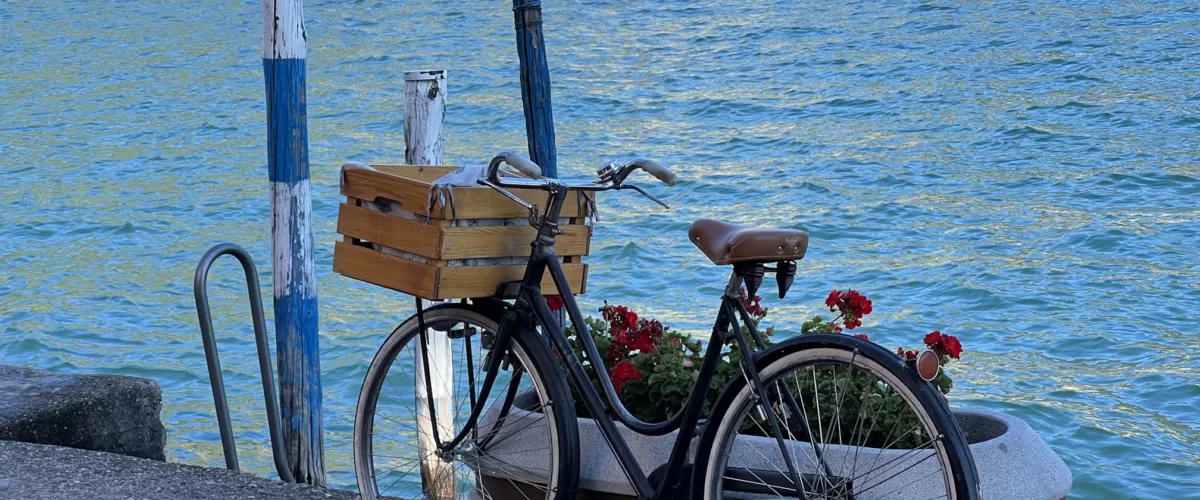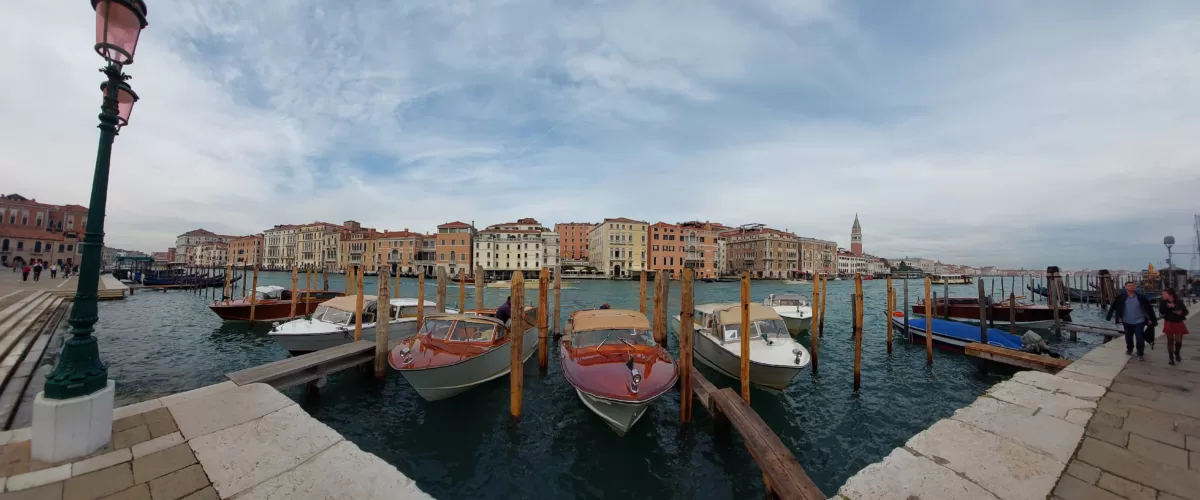Project partners:
1) Serbian Library Association, (coordinator), www.bds.rs
2) ICARUS Croatia, www.icarushrvatska.hr
3) UNINA – Centro MUSA (Musei delle Scienze Agrarie) of the University of Napoli Federico II, www.centromusa.it
4) National and University Library, Slovenia, www.nuk.uni-lj.si/eng/
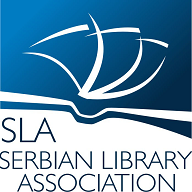
Serbian Library Association (Bibliotekarsko drustvo Srbije, BDS) is the country’s oldest and biggest non-profit association in cultural heritage and book sectors, established in 1947 and with over 1000 members. BDS has its office in the building of the National Library of Serbia. BDS governing board is comprised of 15 members, with the elected president of the association as its legal representative. Its membership is organized both through territorial (district) branches and topic specific commissions and sections (for certain types of libraries and library material, user groups, programs, digital technologies and transformation, etc). BDS has mission to promote library and information sector, to advocate for libraries and librarians both nationally and internationally and to actively work on the development of the librarianship in Serbia. It is active as a publisher of professional literature and a scientific journal for over 70 years, with over 250 volumes published in Serbian and English so far. BDS provides a long-term capacity building programs and training activities for the library professionals in the region, with a series of forums, seminars and recently established webinars. BDS is a full-member of several global and European associations, including IFLA and EBLIDA, and collaborator with other regional and national associations working on cultural heritage issues. It has rich experience in projects granted by the Ministry of culture of the Republic of Serbia, International Federation of Libraries and Library Associations, EBLIDA, eIFL, Creative Europe program (EC), etc.

ICARUS HRVATSKA (Croatia) is a non-profit association dedicated to the research of historical sources, the promotion of the open access to archives through new IT technologies and the development of cross-institutional and international cooperation in the field of cultural, scientific and professional activities. Now have 137 members (professionals and institutions) with longtime experience in the cultural heritage sector, publishing, presentation and digitization of archival sources, networking and cooperation through Creative Europe (APEx, ENArC, co:op, CREARCH, They:Live,) Time Machine, and other similar projects and international infrastructure professional activities (DARIAH, ICARUS, TMO, ICA/EURBICA, AERI), as well through the various professional and educational programs. ICARUS HRVATSKA work is directed toward promotion of best professional archival and heritage practices and EU cultural and information society politics, coordination and fostering of ICARUS projects and programs in Croatia, as also on starting new activities in the fields of institutional and international cooperation, transfer of professional knowledge and implementation of ICT in the work of Croatian heritage institutions. We publish magazine @arhivi twice a year, work on on-line platforms and publishing of archival material and heritage sources, organize public lectures, seminars and workshops on various archival and GLAM issues for general public and professionals.
Assistant professor Vlatka Lemić, Ph. D. works at University of Zagreb as Head of Archival Office and is the president of ICARUS HRVATSKA.

The MUSA Center is a university museum of the Federico II University of Naples (UNINA), established by Rector’s Decree in 2011 to enhance the history of the Agricultural School. Together with the Department of Agriculture, it is located at the Royal Site of Portici inside the Royal Palace built in 1738 by Charles of Bourbon who made it his summer residence. The MUSA which is part of the Federico II University Museum Complex includes: the Botanical Garden of Portici, the Orazio Comes Botanical Museum, the Filippo Silvestri Entomological Museum, the Antonio Parascandola Mineralogical Museum, the Carlo Santini Agricultural Mechanics Museum, the Anatomy – Tito Manlio Bettini Zootechnical Museum and the Historical Library. The MUSA also manages the use of the Museum Complex of the Royal Site of Portici which includes the Herculaneum Museum and the historic Royal apartments. As a university museum it responds to the need to integrate the formation of human capital (Education – first mission) and the production of new knowledge (research – second mission), with the socio-cultural, historical and economic context in which the institution is absorbed. In this sense, the goal is to increase people’s knowledge and awareness of the cultural heritage of the place, through the collections with a careful look at their origins and how they came to us trying to reconstruct paths and emotions. For these reasons the MUSA is a museum center in the making, dynamic, whose mission is to express the cultural value of the historical-artistic, architectural and natural heritage of places where myth and history have merged, attracting numerous travelers over time. The organization chart of the MUSA Center is made up of a total of 14 people, of which 3 are dedicated to administration. Furthermore, every year, given by internships and fixed-term contracts, 2-3 additional resources for limited periods are foreseen.
Director of the MUSA Center is Stefano Mazzoleni, full professor at the University of Naples Federico II.

The National and University Library of Slovenia (NUK) is a public institution founded by the Republic of Slovenia, the founder’s rights being executed by the Government of the Republic of Slovenia. It was founded as a public research library in 1774, acquired the function of the university library in 1921 and became Slovenian National Library in 1945. When Slovenia gained independence in 1991, the library became the National and University Library of the Republic Slovenia. In the function of the national library, NUK performs the tasks of the national bibliographic centre, national referral centre, national centre for government publications and national parent library. In the frames of NUK the following activities are performed: research and developmental centre for librarianship, centre for the preservation of written cultural heritage and the national agency for ISBN, ISSN and ISMN. The Library’s collections comprise 2,8 million bound volumes (printed books and periodicals), several hundred of ancient and modern manuscripts (the oldest dating from the 9th century), more than 500 early printed books, cartographic and pictorial items, government and official publications, sound recordings, grey literature, dissertations, etc. NUK is one of the key providers of digitised cultural heritage in Slovenia. Since 2005 the Library has been developing the Digital Library of Slovenia (www.dLib.si) which provides access to digitised materials of the library and other partners. NUK is an active partner in Europeana and other international projects. Approximate number of staff working at NUK is 140 (workers with permanent employment and project staff), NUK holds and provides content for more than 2 million users, among these more than 66 thousand students, university professors and researchers. NUK is one of the key providers of digitised cultural heritage in Slovenia. Since 2005 the Library has been developing the Digital Library of Slovenia (www.dLib.si) which provides access to digitised materials of the library and other partners. NUK is an active partner in Europeana and other international projects. In any case, travel-related literature is also covered. Creating digital collections, virtual and physical exhibitions, bringing the fund closer to the widest audience and integrating them through crowd-sourcing campaigns to contribute are the basic goals in creating added value for library material. NUK is also the main institution for the preservation and access of the literary heritage and literary archive of both historical and contemporary writers. As such, it is involved in current literary events with close contact with the writing community.

